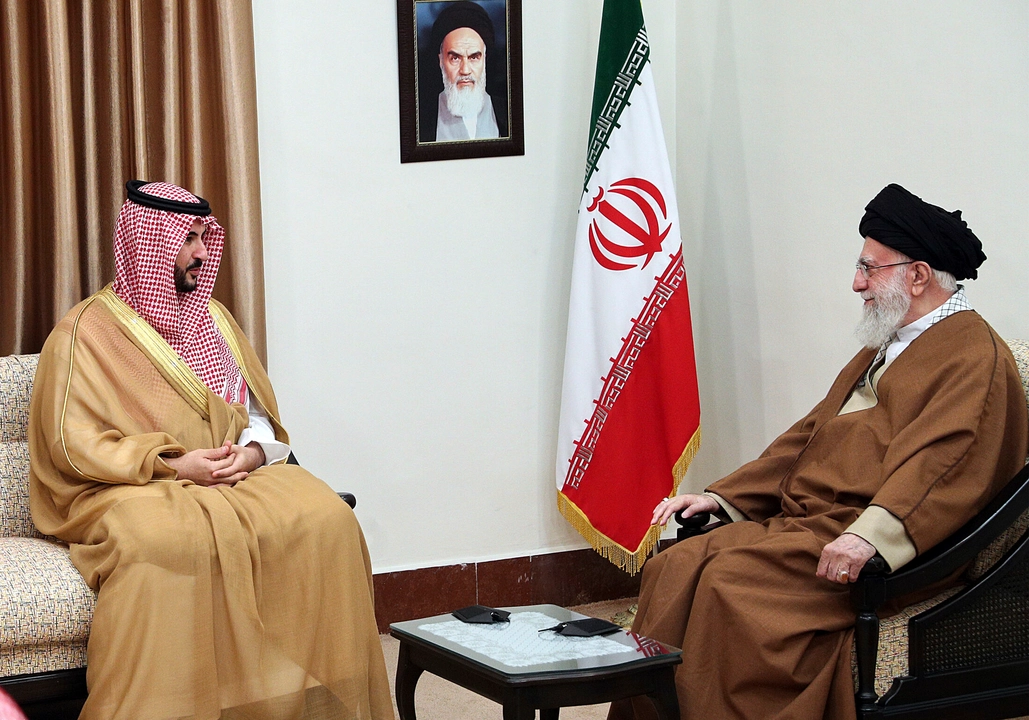Analysts suggest the meeting indicates a serious intent by both regional powers to manage their competition through dialogue and address contentious issues, chief among them Yemen. Riyadh and Tehran issued statements affirming their desire for a comprehensive political solution to the Yemeni crisis. Diplomatic sources reported Saudi Arabia urged Iran to leverage its influence with the Houthi group to solidify the ongoing truce and foster political negotiations. Tehran, in turn, stressed the need for an inclusive Yemeni-led political process. This aligns with observations from think tanks noting a reduction in Iranian military support for the Houthis since early 2024.
The visit has buoyed diplomatic efforts, with UN Special Envoy Hans Grundberg highlighting a "historic opportunity" to end the conflict amid enhanced regional consensus. However, the rapprochement has generated unease within Yemen's internationally recognized government circles, particularly the Islah party. They fear a potential regional settlement could sideline traditional Saudi allies and legitimize Houthi control. This shift puts the Yemeni presidency in a delicate position, balancing its alliance with Riyadh against internal political dynamics.
While the United States cautiously welcomes efforts towards a ceasefire, viewing the visit through the lens of shifting regional power dynamics and growing Saudi strategic independence, it also maintains its own strategic interests in the region. Significant challenges remain, however. Deep mistrust between Yemeni factions, the autonomy of various local groups, and the lack of precise implementation mechanisms for any potential agreement could hinder progress toward lasting peace.
